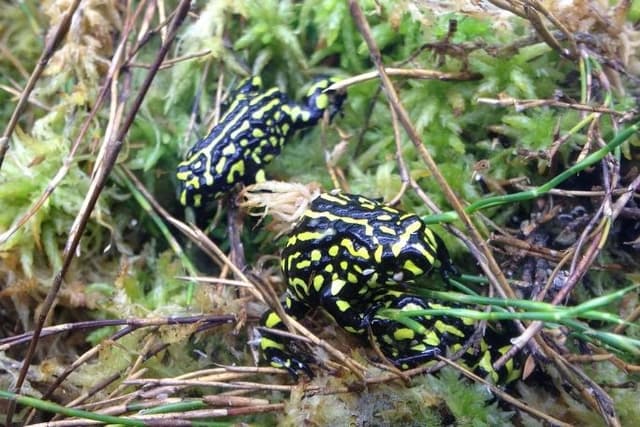
Roots & Shoots - Endangered Data
Lesson4 of 7 in this unit
PrimaryFoundationYear 1 - 2MathematicsStatisticsProbabilityGraphs and dataScienceHumanities and Social SciencesGeographyEnvironmentalBiodiversityConservationSocialOutdoor Learning
Summary
Lesson guides and printables
Lesson Plan

Teacher Content Info
